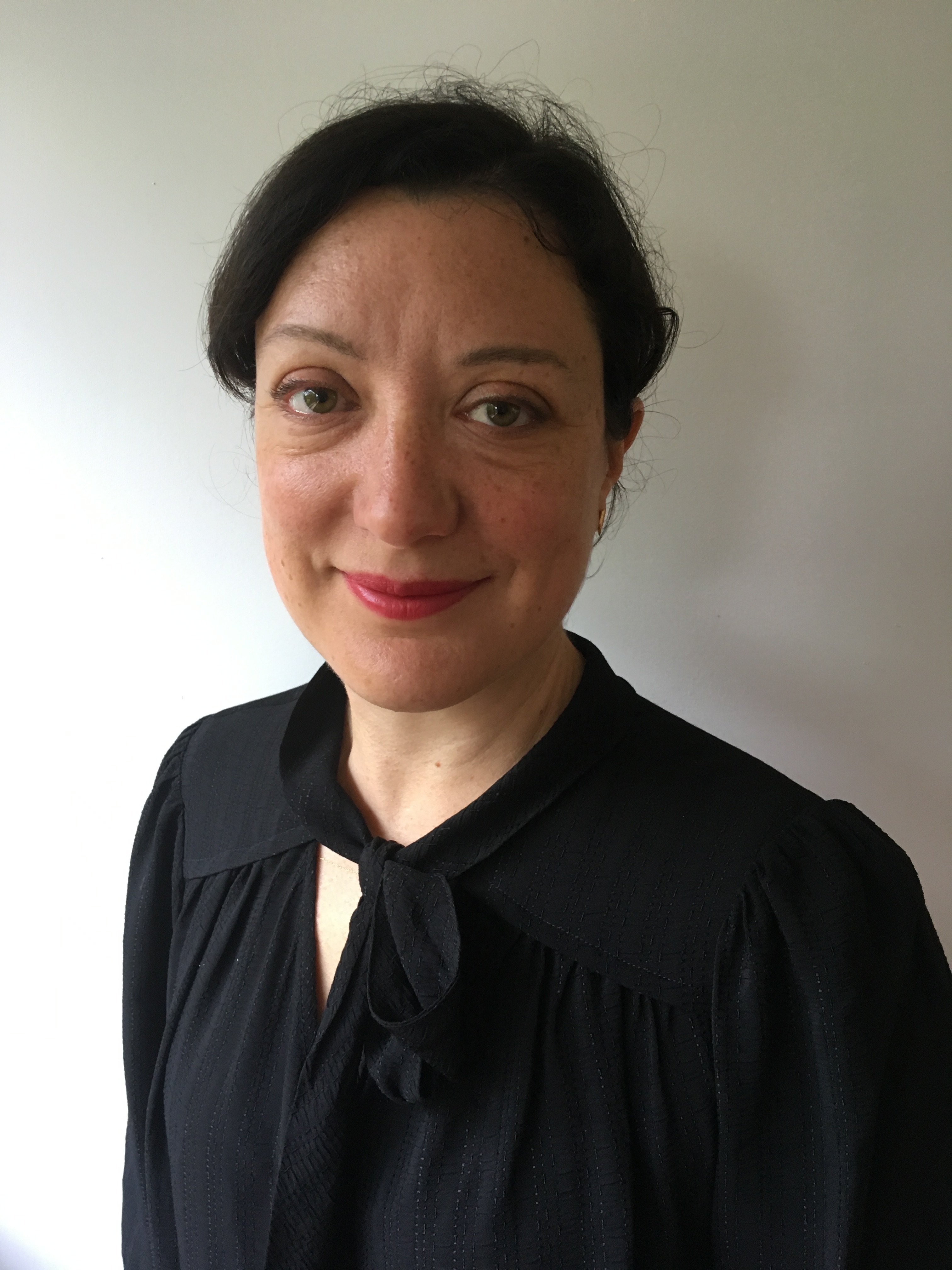A rail project with big hopes

The East West Rail line, which will form an arc between Oxford and Cambridge, is a great example of an infrastructure project that will boost the national economy by connecting clusters of expertise.
Cambridge has big ambitions. A new blueprint for the city, called Innovate Cambridge, backed by a partnership of local universities, government and industry, is a plan to boost innovation and expand multinational companies already based there. The city is critical to the UK Government’s plan to drive investment in science and technology in the golden triangle (together with Oxford and London).
Recently Lord David Willetts, who chairs the Innovate Cambridge partnership, told the Financial Times that savings from scrapping the northern leg of the HS2 rail line should be spent on East West Rail (EWR), the Oxford-Cambridge arc railway that will link the two university cities.
The autumn issue of Project includes an interview with Beth West, who joined East West Rail as CEO in April 2022. She sees the project as part of a bigger picture to grow the UK’s economy and improve peoples’ lives. Through three phases, the rail line will draw an arc between Oxford and Cambridge, via Milton Keynes and Bedford. The ultimate aim, explains West, is to improve the connectivity across this part of England and create an economic growth corridor that will connect businesses and people.
Phase one — a line between Oxford and Bicester — is up and running, while a connection between Bicester and Bletchley is currently under construction by a Network Rail alliance.
Playing politics
The EWR company was set up in 2018 “to be something different from Network Rail and to really look at what could be done differently in the rail sector," explains West. She’s talking about “reconnecting train and track” to make cost efficiencies and allow faster delivery of rail infrastructure.
The business case for the link from Oxford to Bletchley has been made, while a community‑run line between Bletchley and Bedford is to be upgraded. That leaves a new line to be built between Bedford and Cambridge, which is charging ahead. In May this year, following support from Rishi Sunak’s government, EWR announced its preferred route, allowing it to move towards submitting its Development Consent Order after the next general election (to be held no later than January 2025).
Although the project currently enjoys cross‑party support, West acknowledges the disruption politics can bring, hence her keenness “to make sure we deliver as quickly as we possibly can so we can minimise the number of election cycles."
West says there was deep uncertainty about the future of the project when she joined. “We weren’t sure if we were going to have a project. My first 100 days coincided with the prime minister [Boris Johnson] resigning.” She rallied support by reiterating the project’s importance as a vehicle to create economic growth.
Improving lives, engaging communities
The line will provide a new commuter belt around Cambridge and link clusters of tech and life sciences businesses, together with manufacturers and other industries across — and between — the cities in its arc.
West was drawn to the project for its big‑picture benefits. “The reason I’ve been in infrastructure is because I care about what infrastructure does for people. It’s not that I get really excited about roads and public transport… infrastructure is there to enable people to live their lives and the better we provide our infrastructure, the better that should help people’s lives,” she says.
Although the project is big, it’s not huge, which appeals to West. “It allows us to do some stuff that’s different from other big infrastructure projects,” she says.
They have the freedom to engage with local communities — how will passengers travel to the stations? Will there be cycle storage? What about bus connectivity? As West says: “It’s talking to people and really understanding what they want that will create a better outcome because it’s been designed for the people who are going to use it.” It's joined‑up thinking at its best.
Read the full interview in the autumn issue of Project.


0 comments
Log in to post a comment, or create an account if you don't have one already.